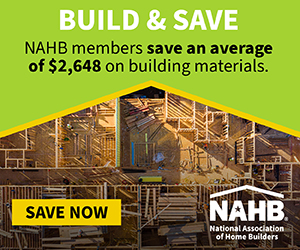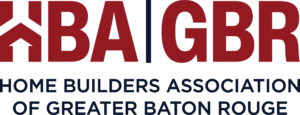
In a victory for NAHB and home builders, the U.S. Supreme Court on April 3 rendered a 6-3 decision in County of Maui v. Hawaii Wildlife Fund. The case concerns whether pollutants that enter groundwater — and then reach navigable waters — are regulated under the Clean Water Act.
Specifically, the County of Maui pumped effluent from its sewage treatment plant (through a pipe) into underground wells. From there, the pollutants leached into the groundwater and flowed into a nearby bay. There was no dispute that the county added the pollutants to the groundwater or that the pollutants entered the bay. It was also undisputed that the county did not have a permit to pollute the bay.
The Clean Water Act requires a person to have a permit if it adds pollutants “from any point source” to a navigable water. A “point source” is a discrete conveyance such as a pipe or ditch.
Maui argued that it did not need a permit because the pollutants came “from” the groundwater to the bay, as the groundwater was the last mode of delivery of the pollutants.
The environmental groups argued the opposite — that is, the pollutants came from the pipe (a point source) that Maui used to pump them into the groundwater. And because the pollutants came from a point source and entered a navigable water (the bay), the environmental groups argued a permit was necessary.
The Ninth Circuit Court of Appeals agreed with the environmental groups. If the pollutants were “fairly traceable” from the point source to the navigable water, it explained, then a permit was required.
The Supreme Court disagreed with the Ninth Circuit’s “fairly traceable” test, but also disagreed with Maui’s “last mode of delivery test.”
The Supreme Court essentially created its own test. It held that a Clean Water Act permit is required “when there is a direct discharge from a point source into navigable waters or when there is the functional equivalent of a direct discharge.” The Supreme Court remanded the case to determine whether the discharge in the Maui case is “functionally equivalent” to a direct discharge.
Why This Case is Important to Our Members
NAHB filed an amicus brief in this case that focused on septic systems. We did not want the court to issue a decision that would require Clean Water Act permits for every septic system.
NAHB believes that there is a strong argument that most septic systems, if not all of them, would not be considered “functionally equivalent” (i.e., no permit required). The reasoning is that when effluent leaves the pipes in a septic system, it contains many pollutants (pathogens, nitrogen, phosphorous, etc.). Thus, if that effluent were to be discharged directly to a waterbody, all those pollutants would enter the waterbody.
However, in a properly operating septic system, the effluent leaches through the soil before reaching groundwater. The soil treats the effluent by removing the pathogens and nutrients. Therefore, the effluent that would reach a waterbody is not “functionally equivalent” to a direct discharge.
We suspect that Maui and the environmentalists will find a way to settle this case once the Ninth Circuit remands it down to the District Court. Further, the Environmental Protection Agency will be forced to rewrite its guidance on this issue, and we will work with the agency to ensure that septic systems are not covered by the Clean Water Act.
For more information, contact Tom Ward at 800-368-5242 x8230.






 In the latest HTR, Millennials are the most likely generation to be making plans to purchase a home within a year (16%), while Boomers are the least likely (5%). The share of Gen Z respondents with plans for a home purchase dropped to 13%, from 20% a year earlier. Geographically, 11% of respondents in the South and West are prospective home buyers, slightly ahead of the 8% in the Northeast and Midwest.
In the latest HTR, Millennials are the most likely generation to be making plans to purchase a home within a year (16%), while Boomers are the least likely (5%). The share of Gen Z respondents with plans for a home purchase dropped to 13%, from 20% a year earlier. Geographically, 11% of respondents in the South and West are prospective home buyers, slightly ahead of the 8% in the Northeast and Midwest.











